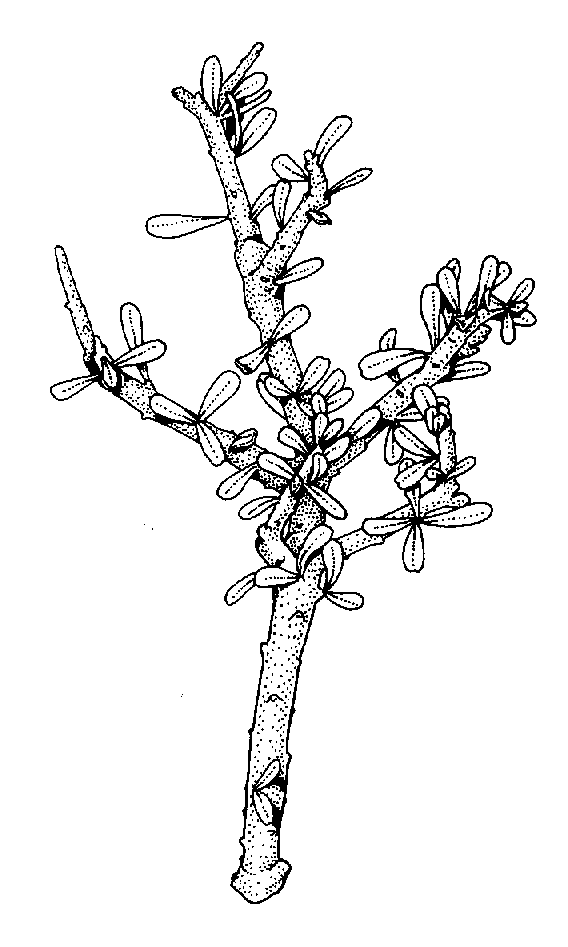| Our Environment: Issue 12 - Spring 1997: |
Restoring Canterbury's Native Splendour
Planting a million native trees and shrubs in and around Christchurch. That's the target of Trees for Canterbury - a project run by the Green Effect Trust. If achieved, future generations will be able to enjoy a part of this natural heritage.
“We talk of a million trees," says project manager Steve Bush, "but in truth the project isn't ever likely to stop. A million is really just a tiny fraction of the vegetation that surrounds the city."
Trees for Canterbury had its beginnings in 1990 when two people talked casually at a music festival of the need for more trees. The project began in earnest when Mayor Vicki Buck suggested using the present site owned by Council Property Services at 261 Opawa Road.
Everything about the site reflects the Project's motto: 'Employ, Educate, Regenerate'. "Most of the materials we use are from recycled sources," explains Steve Bush. "Seedlings are grown in milk cartons, seeds in mushroom trays, all of it using City Council recycled potting mix. Even the buildings started out as car cases!"
Trees for Canterbury cultivates most of the species native to Canterbury, from leptinella ground covers through to tall kahikatea (New Zealand white pine). Seeds and cuttings are sourced locally to preserve genetic purity.
Once plants are ready for planting, they are distributed in various ways. The full range of Canterbury trees, ferns and shrubs can be purchased from the Opawa Road nursery, open seven days a week. Some plants are donated to schools, others are offered to various replanting projects. Many are distributed through giveaways such as the Meadow Fresh Treemendous Seedling Swap, which sees children receiving a free seedling in a straight swap for an empty Meadow Fresh milk carton. More than 40,000 plants have been involved in the two events held so far. Many others are planted by Trees for Canterbury workers.
This is where the 'employ' part of the project's motto comes in. Workers are employed through IHC, the Helen Anderson Trust, Workbridge and Police and Justice Department schemes. Up to 30 people can be working on any given day. "Because all five of our permanent staff have been unemployed for long periods, we understand what these others are going through," says Steve Bush.
‘Educate' - the third part of the project's creed - is achieved through school visits, with the aim of involving young people in the idea of planting native trees. Speakers are often called on to address community groups, while promotions such as Conservation Week and the Blossom Festival see Trees for Canterbury actively involved.
A Friend of Trees for Canterbury
|
The native porcupine shrub (Melicytus alpinus) gets its name from the spine-like interlacing branchlets which protect the outside of the bush. Up to 2m tall and 1m across, it occurs throughout Canterbury, especially in dry, rocky areas and shrubland between 600m and 1,300m. Small, bell-shaped creamy flowers bloom on short, tiny stalks along the underside of branches. The shrub also produces white, purple-splotched berries which ripen in February, and inconspicuous, dark green leaves. Most of the leaves and all of the berries grow in the shady interior. Because of the size, colour and positioning of the fruit, some botanists believe that divaricating plants like the porcupine shrub may be specifically adapted to seed dispersal by lizards. The shrub represents the tropical woody part of the violet family. Jennie Hamilton |
 |
| Our Environment Index |